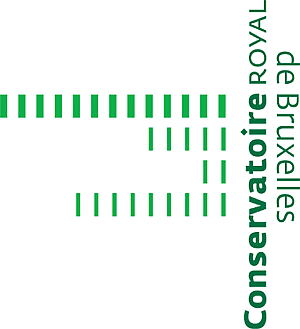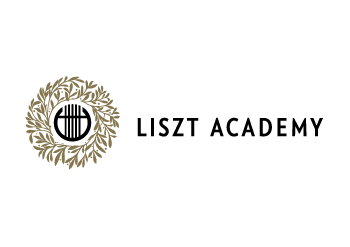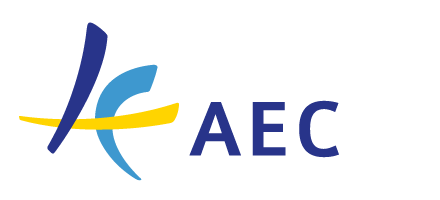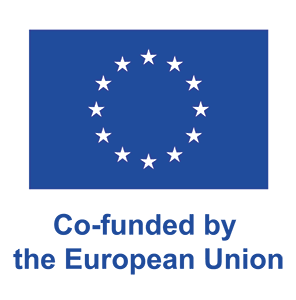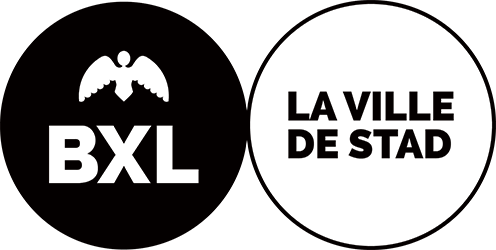The term “mode of limited transposition” originates in Olivier Messiaen’s book The Technique of My Musical Language published in 1944 – one of the best-known treatises to address questions concerning non-major/minor scales. In Messiaen’s treatise, the term “first mode of limited transposition” stands for the whole-tone scale and his “second mode” is known today as the octatonic scale – a term proposed by Arthur Berger in the 1960s. The hexatonic scale is a six-note subset of Messiaen’s “third mode”. Of the seven modes mentioned by him, these three are arguably the ones most frequently used in the late 19th and early 20th centuries.
The present thesis has several analytical goals, all of which concern the
music of the Estonian composer Eduard Oja (1905–1950). First and foremost, I aim to analyse his output with a special emphasis on the modes of limited transposition (octatonic, hexatonic, and whole-tone scales) and their interrelation with form. Oja’s output can be considered as terra incognita in terms of music analysis, as only a very limited number of his works have been investigated more thoroughly. In this thesis, a music-theoretical interpretation of his oeuvre will be presented for the first time. The following works will be analysed: Vaikivad meeleolud (Silent Moods) for piano (Chapter 1); the Piano Quintet in the context of the other chamber works of the same period (Chapter 2); vocal music (Lied) (Chapter 3); symphonic poems Ilupoeem (The Poem of Beauty), Müsteeriumid (Mysteries), and Mere laul (The Song of the Sea) (Chapter 4).
Be a part of our european project !
This European project (KA 203 Strategic Partnership) created by Salvatore Gioveni promotes cross-border collaboration in the field of Music Theory through sharing knowledge and transferring pedagogical innovation. It thus responds to a lack of centralised source and framework to deepen reflection by means of cross-disciplinary study at European and international level.
There is a significant wealth of educational practices from one country to another in this sector, especially in terms of harmonic musical notation and analysis. However, HMEI's are facing the nonexistence of a European network for pedagogical staff in Music Theory so far. To improve the situation, the project will among other things develop several intellectual outputs such as Online Platform (IO 1), an EU Bibliography (IO 2), a Repository Courses (IO 3), a Multilingual Glossary (IO 4) and an Exchange Online Learning Platform.
Besides the Conservatoire royal de Bruxelles as leader and manager of the project, the following partner institutions are involved: Music Academy S. Moniuszki Gdańsk (Gdańsk, Poland), F. Liszt Academy of Music Budapest (Budapest, Hungary), Estonian Academy for Music and Theatre (Tallinn, Estonia), HfMTh "Felix Mendelssohn Bartholdy" (Leipzig, Germany).
 | 2024
| 2024
